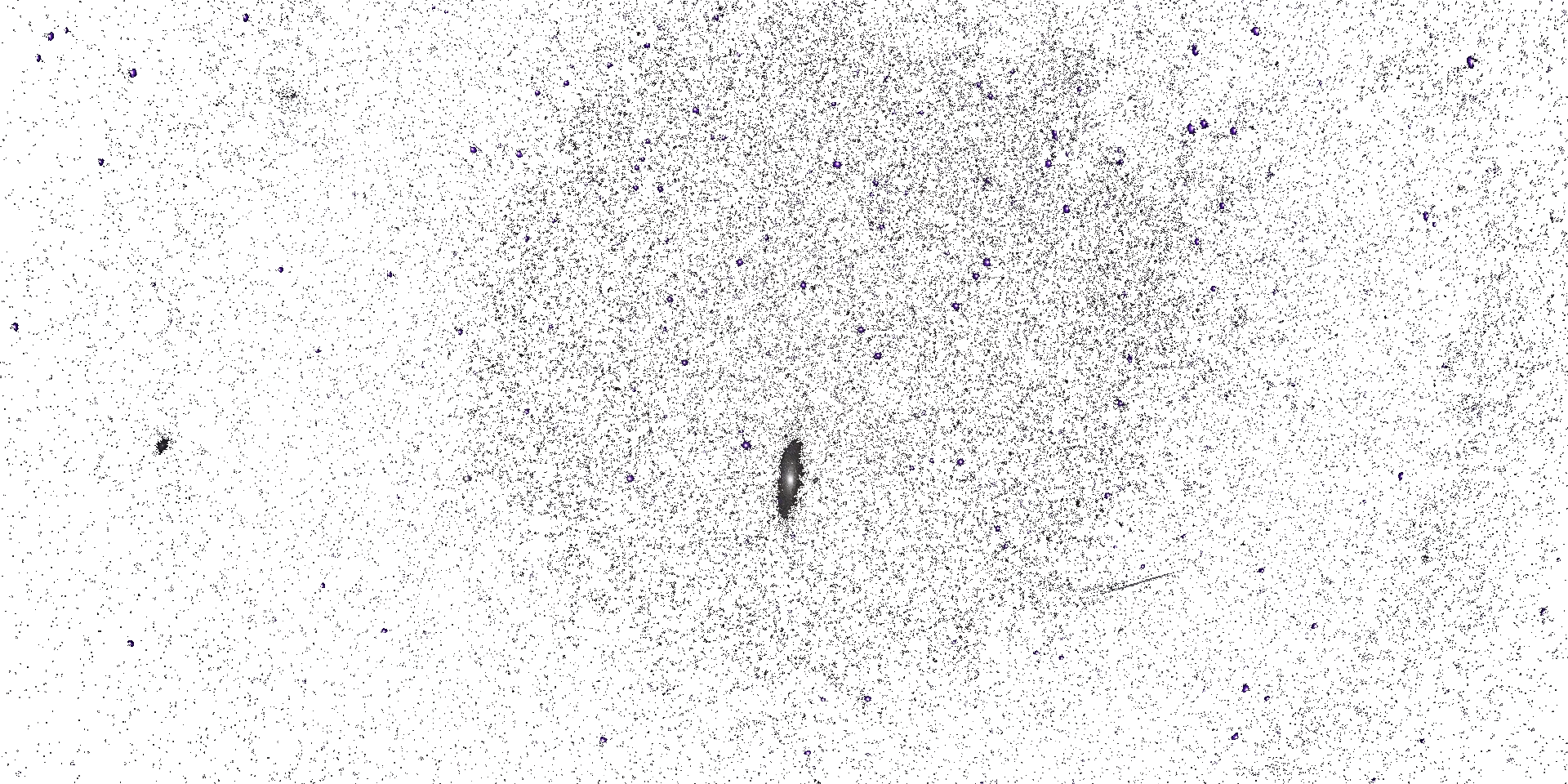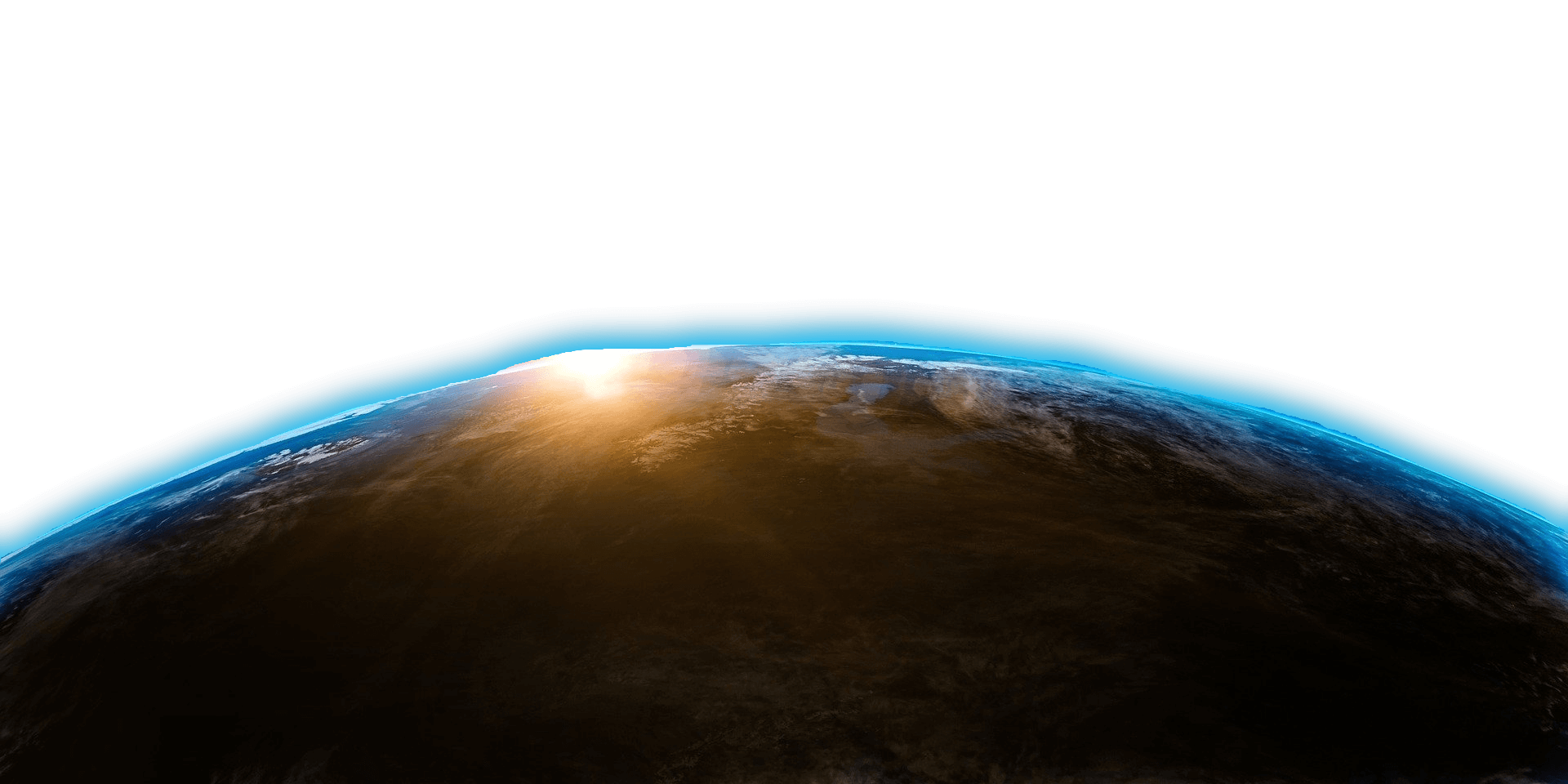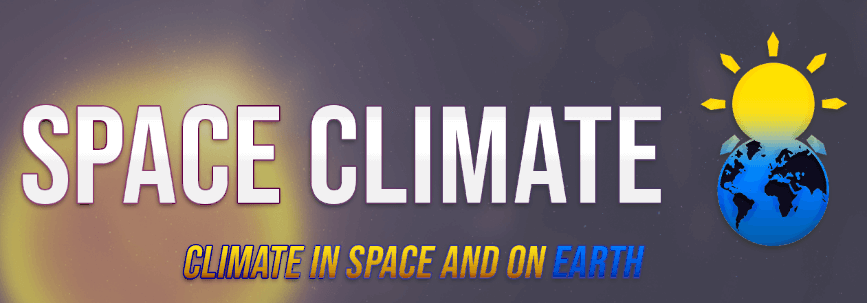




Space Climate 8 Meeting Abstract
Revisiting the Carrington space weather event with archival investigations.
Hisashi Hayakawa (Nagoya University)
Heikki Nevanlinna (FMI), Ciaran Beggan (BGS), Ellen Clarke (BGS), Yusuke Ebihara (Kyoto Univ.), Ankush Bhaskar (Vikram Sarabhai Space Centre), Sean Blake (previously NASA), and Yoshizumi Miyoshi (Nagoya Univ.)
Solar eruptions occasionally launch geoeffective interplanetary coronal mass ejections (ICMEs) and cause intense geomagnetic storms. Among such space weather events, the Carrington storm in September 1859 has been considered one of the greatest in terms of its flare magnitude, ICME velocity, geomagnetic disturbance, and equatorward auroral extension. These significances have made the regularly referenced Carrington event a benchmark for possible extreme space weather impacts on the modern civilisation. However, the actual magnitudes and temporal evolutions have remained somewhat controversial, partially because of the limited measurements at that time as well as the limited accessibility to the original observational records. Archival investigations can overcome these difficulties. Here, we present the latest archival investigations on the Carrington event in the British archives (partially on the basis of: Hayakawa et al., 2022, ApJ, 928, 32), to derive disturbance variations of three geomagnetic components in Colaba (~ 8° MLAT), approximate the minimum Dst intensity, reconstruct the temporal evolutions of the Carrington event in higher time cadence, and revise the ICME profiles. Our result provides an archival basis for further quantitative analyses of the Carrington storm and comparisons with other extreme space weather events.
